The tragic story of Toronto’s worst heat wave
In the middle of July, 1936, the city got hit with a merciless stretch of record-breaking heat, upending life for many.
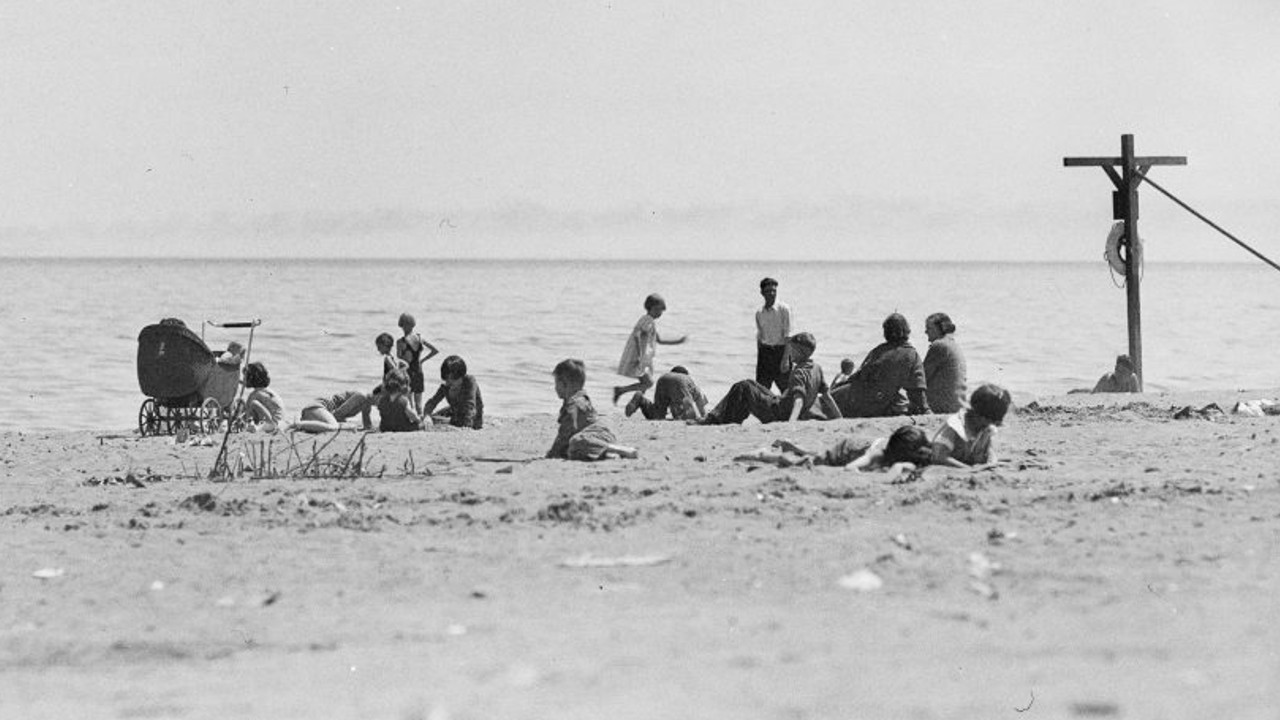
It came from the west, sweeping across the continent, hitting one community after another. It was one of the worst heat waves in the modern history of North America, a disaster that claimed thousands of lives. And by July 8, 1936, it had reached Toronto.
For a week, the heat would be unrelenting, beginning with three straight days of temperatures that topped 40°C — still the hottest ever recorded in our city. Newspapers claimed that in some of the sunniest spots, meteorologists made readings over 65°C.
Far from a welcome sight after a long Toronto winter, the scene quickly turned tragic. By the time the heat finally broke on July 15 and the suffering ended, many in the city would be dead.
Normal patterns of life were upended during those scorching days. With air conditioning still an incredibly rare luxury, many people chose to flee their homes in search of some way to cool down.
Others simply went down into their cellars or outside to spend the night in their own backyards. A few even took mattresses up onto their roofs.
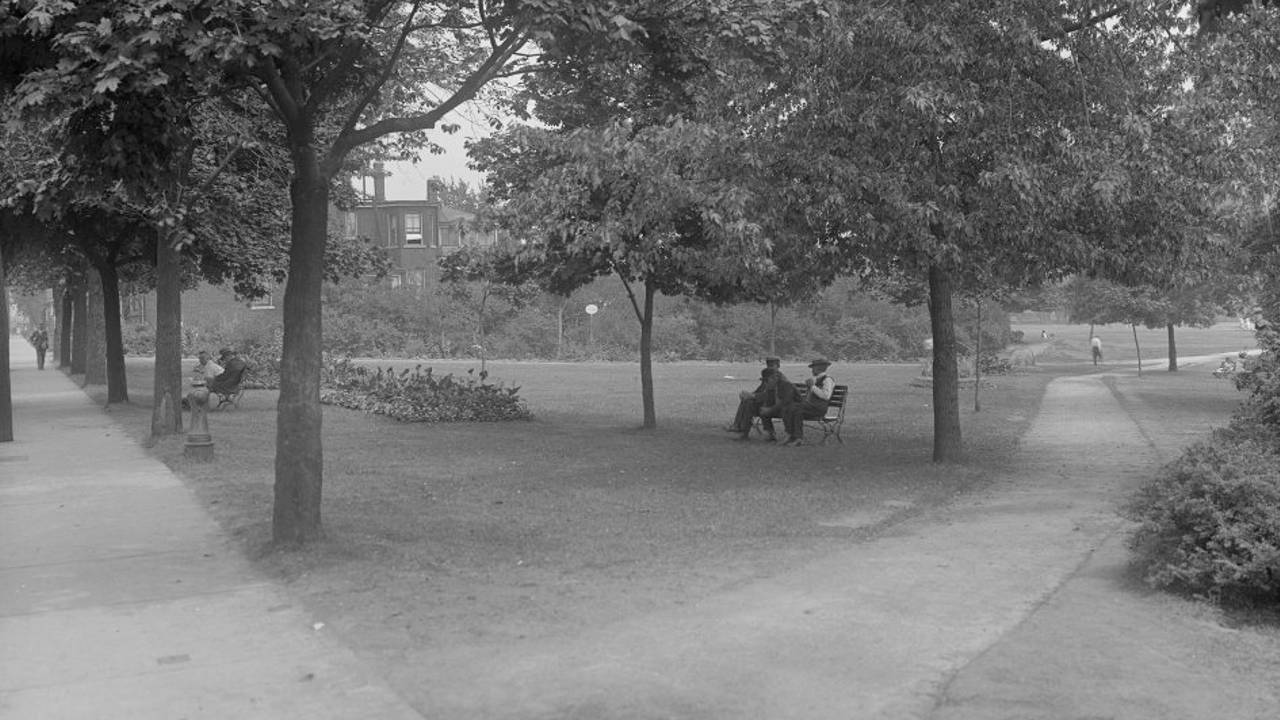
Parks like Trinity, Bellwoods (later merged into Trinity Bellwoods), and Allan Gardens were filled by crowds, with benches turned into beds. And even more people headed toward the lake.
The waterfront became a sea of humanity, with tens of thousands of people packing the lakeshore all the way from Sunnyside to the Beaches. Some brave men even dared to wear nothing but swimming trunks, still illegal in Toronto The Good back then. When night came, many in the crowds stayed, sleeping on the sand rather than going home to their sweltering houses.
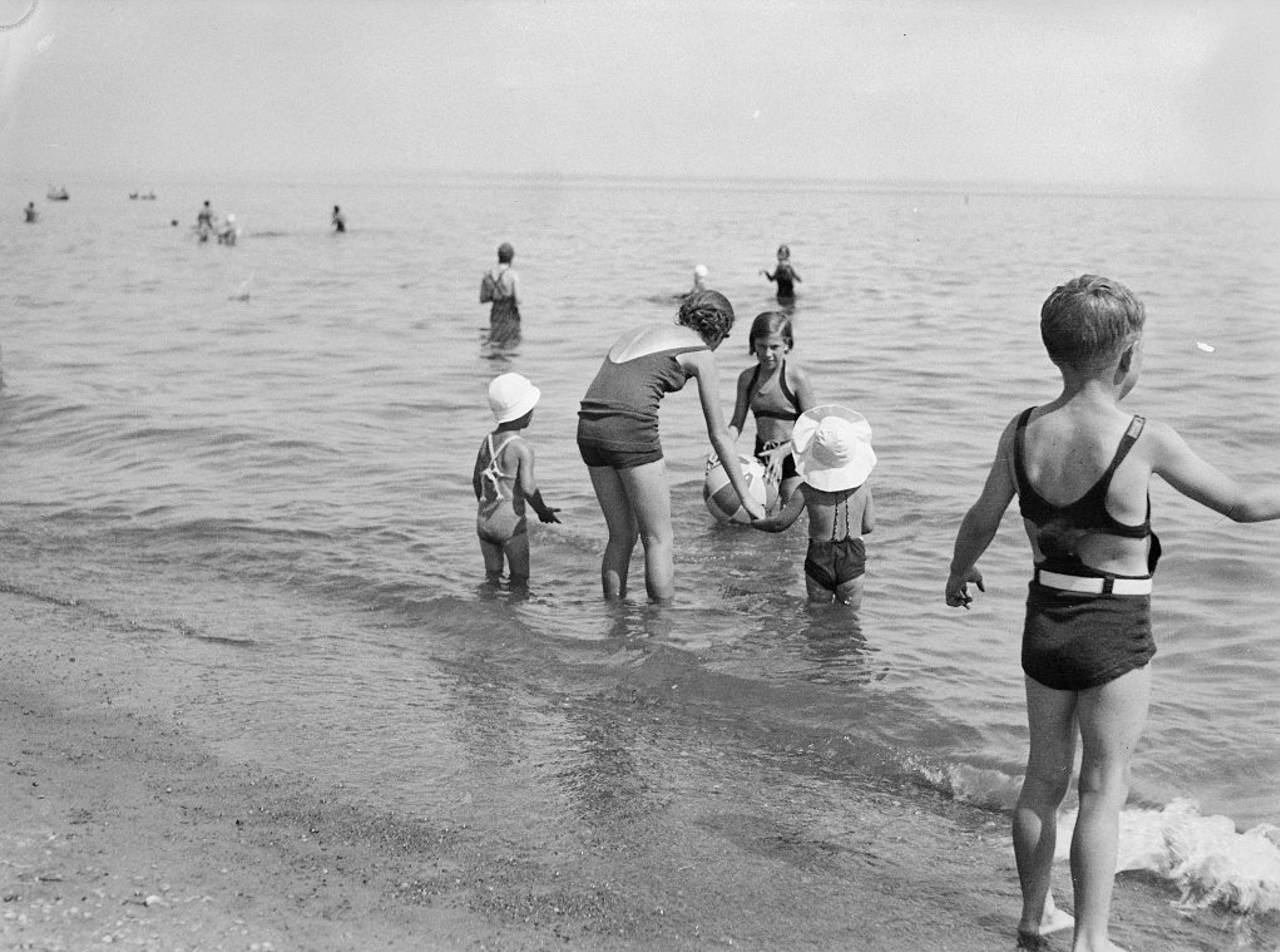
Thousands set up camp on the grass outside the Exhibition Grounds, some of them armed with blankets, rugs, and mattresses. On nearby Fleet St., an entire bed was unloaded from a truck and set up next to the lake.
Some people played banjos or turned up their car radios, dancing on the beach as refreshment stands stayed open deep into the night.
“It was one of the most unique sights ever witnessed in Toronto,” according to the Toronto Daily Star.
But even next to the water, the heat was unbearable.
“They found little comfort there,” the paper admitted. “What slight breeze there was struck the face like a blast from a furnace.”
As the vast migration of “heat refugees” continued, extra streetcars were put into service, and tens of thousands of people crowded onto the ferries to the islands.
With the extreme temperatures, the city’s infrastructure was being pushed to its limits — and beyond. Hard asphalt turned soft. Streets and sidewalks warped in the heat. Train service threatened to break down as rails twisted and buckled. The metal deck of the Cherry St. drawbridge swelled to the point where a tugboat was called in to douse it with water and keep it from being destroyed.
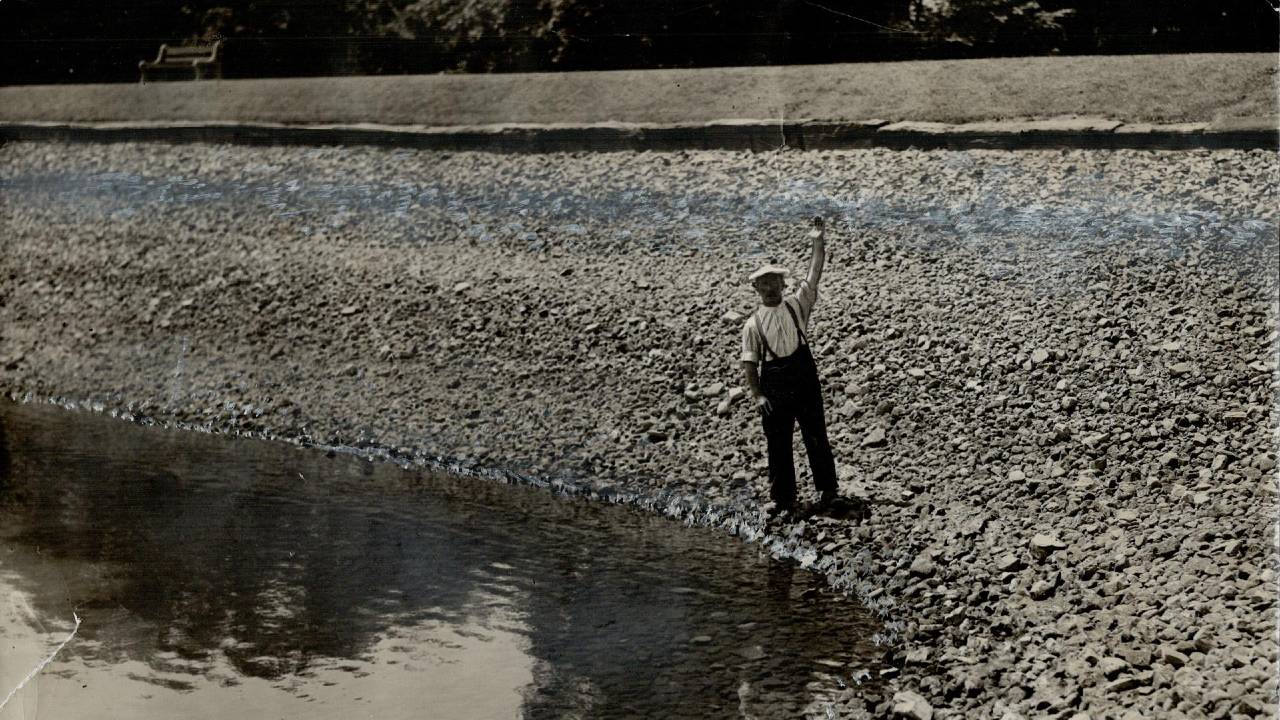
But water was also in dangerously short supply. At the height of the heat wave, Torontonians used more than 100 million gallons of water per day. Reservoirs across the city began to empty.
The situation was especially desperate in neighbouring East York. The municipality usually got its water from Scarborough, which now had none to spare. The City of Toronto came to the rescue, but that put an even greater strain on the reservoirs. A ban on lawn watering was introduced as people were asked to conserve as much as possible.
For many, the heat was just too much. Ambulance attendants reported being busier than at the height of the Spanish Flu pandemic. And while newspapers began by reporting the names of those who had fainted and been rushed off to hospital, those lists quickly turned even more grim. As the temperatures remained at record highs, the deaths began.
Margaret O’Donnell lived at the House of Industry on Elm St. and was kneeling in prayer at her bedside when she passed away. At Lambton Mills, an 11-year-old boy named Albert Brooks drowned in the Humber River as he tried to cool off. Albert Edward Baker served as a pallbearer at a funeral one morning, then died in the heat on his veranda on Sackville St. that night.
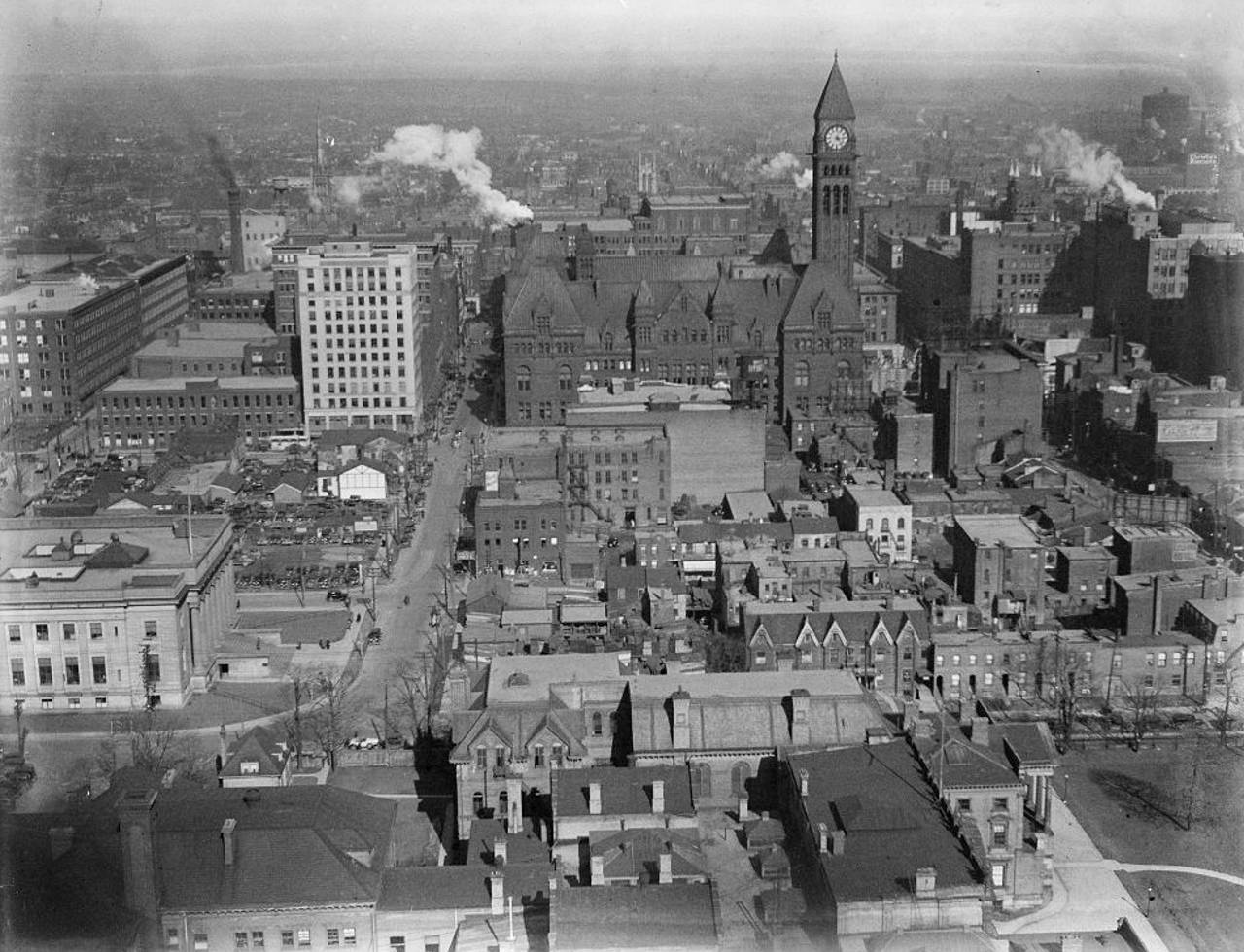
Infants and the elderly faced greater risk than most. And with the Great Depression already taking a toll, those in the city’s lowest-income neighbourhoods were particularly vulnerable.
“Never, in all Toronto’s history,” the Daily Star explained, “have the poor suffered as during the past three days.”
The newspaper compared conditions in “slums” like the Ward (which stood where Nathan Phillips Square does today) to “Dante’s Inferno,” “Hades,” and “the Black Hole of Calcutta.”
As the death toll rose, the city morgue on Lombard St. risked being overwhelmed. The chief coroner and his assistant were forced to work day and night, and cemeteries rushed to hire extra grave diggers.
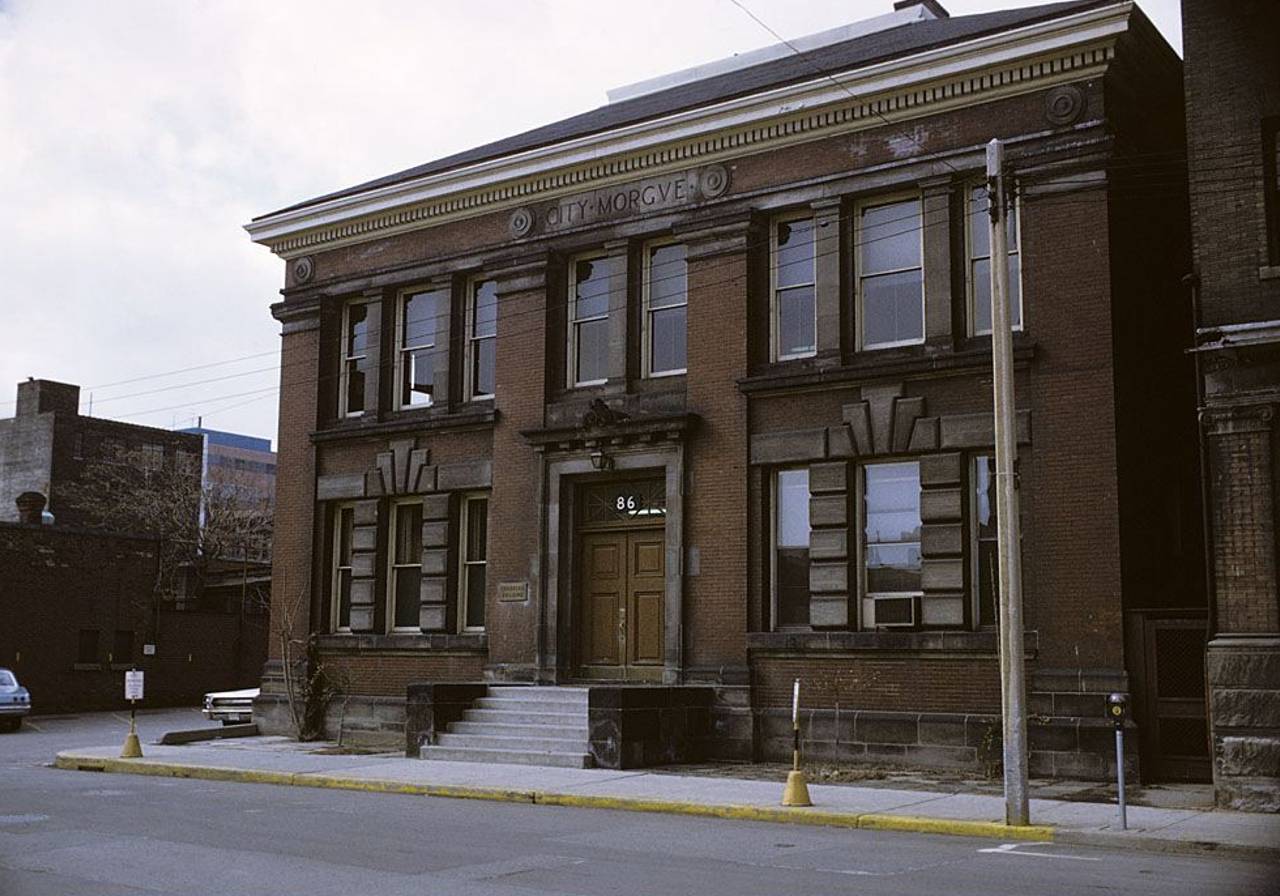
At Mount Pleasant Cemetery, 20 funerals were held on a single day; they worried bodies would need to be stored in the mausoleum until the grave diggers could get through the backlog. Old hearses were brought back into service, some shipped in from far outside the city. Coffin makers worked through the weekend and long into the night as Toronto risked running out of caskets.
So many flowers were being ordered for funerals, florists began running out. One claimed the demand was even higher than it had been during the First World War.
It was seven days before the heat finally broke and the temperatures dipped back into the high 20s. But by then, more than 225 people had died in Toronto. And our city was far from alone. Hundreds more were dead across the country, thousands across the continent.
Nearly a century later, it still ranks as the deadliest heatwave in Toronto’s recorded history. And so far, at least, the mercury has never again risen to the sizzling heights of that deadly week in the summer of 1936.
Interested in Toronto history? Check out Adam Bunch’s newsletter, The Toronto History Weekly. Click here to read and subscribe.
Code and markup by Chris Dinn. ©Torontoverse, 2023